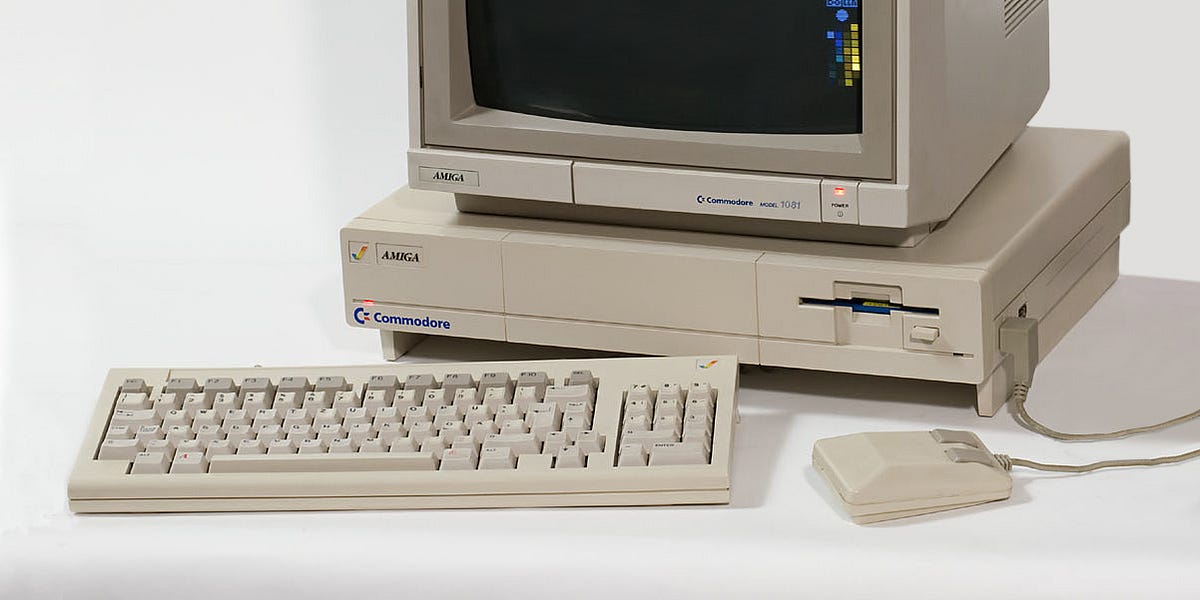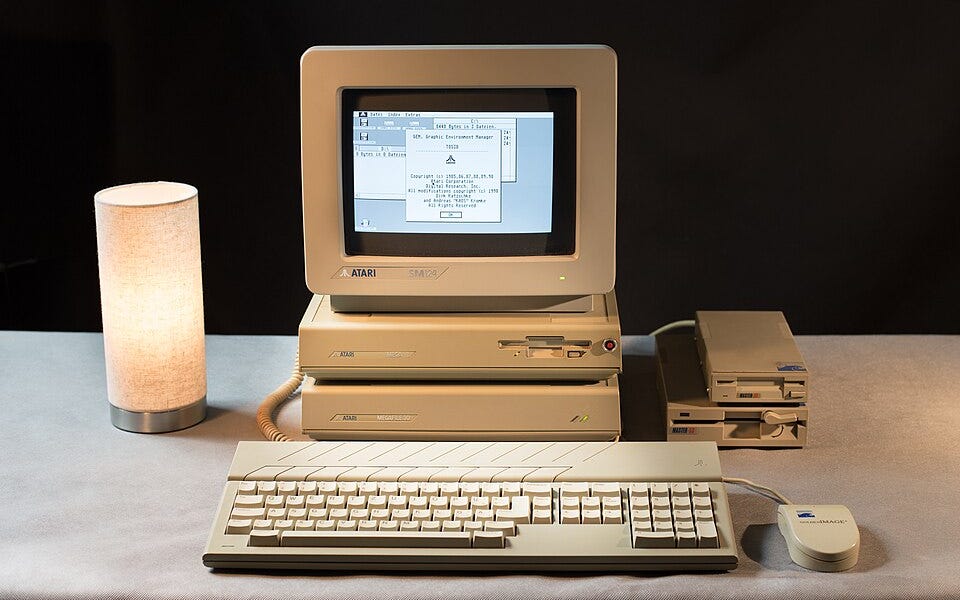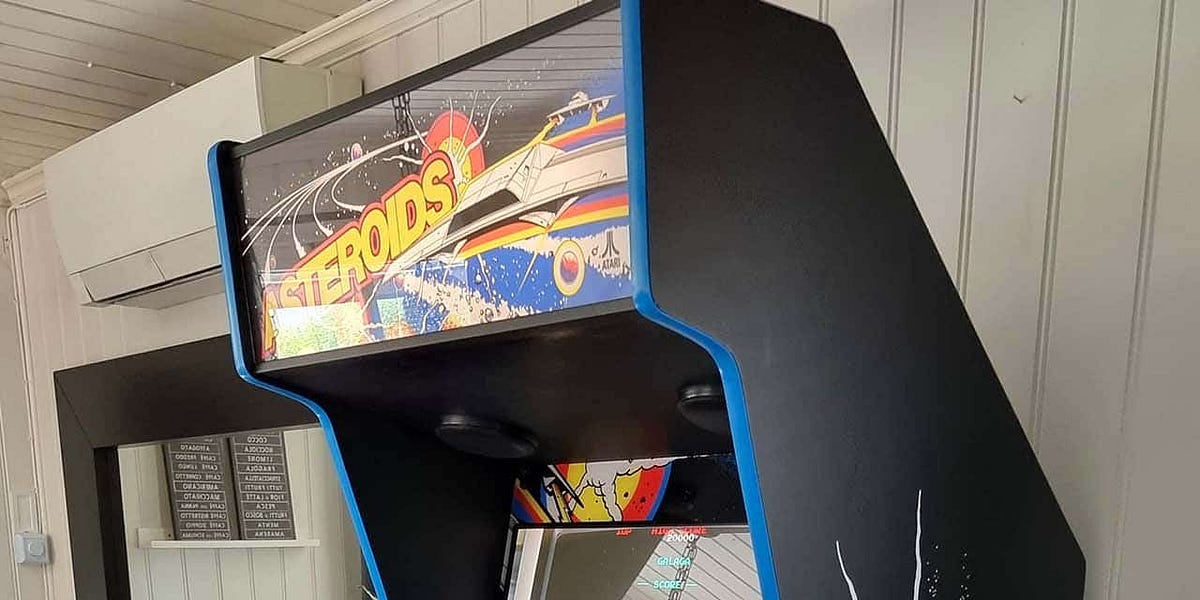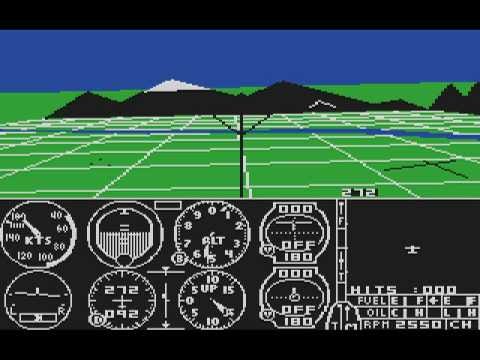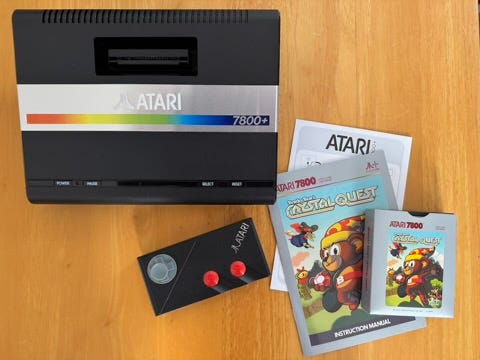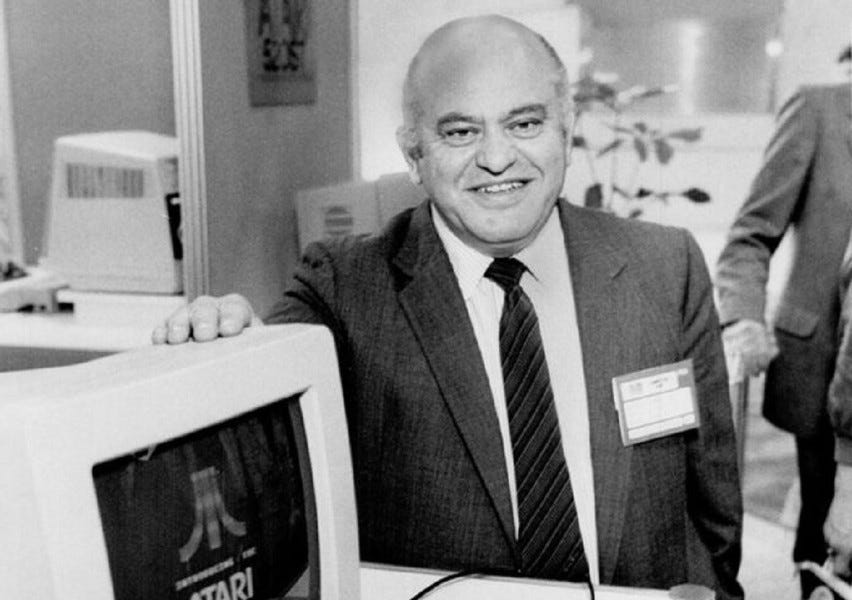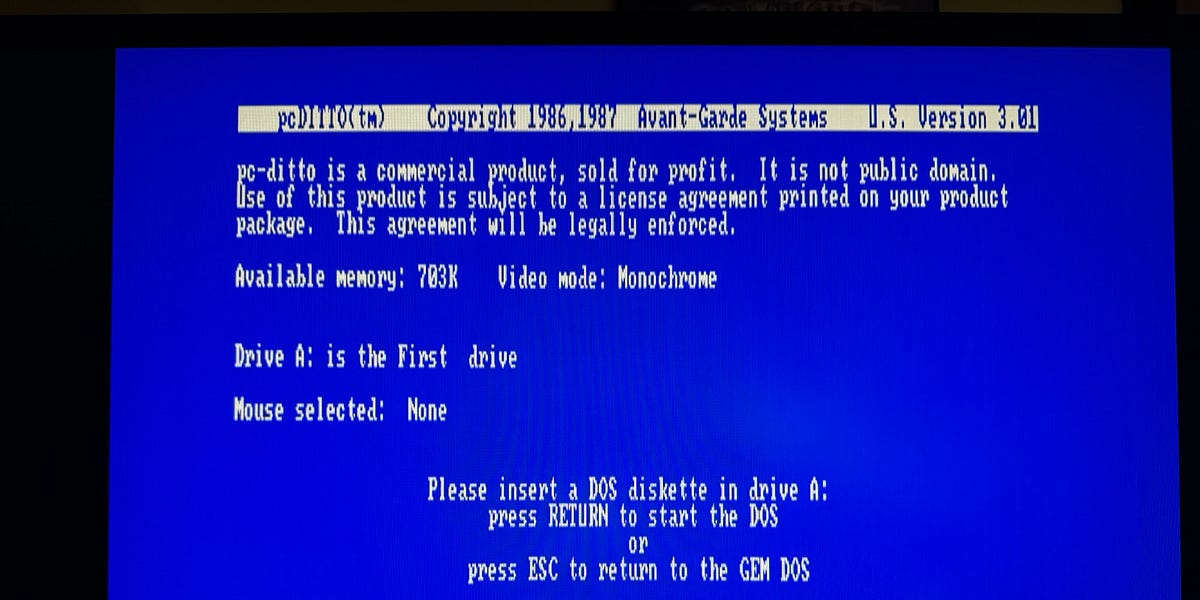Unearthing a Relic: My Palm IIIx Journey
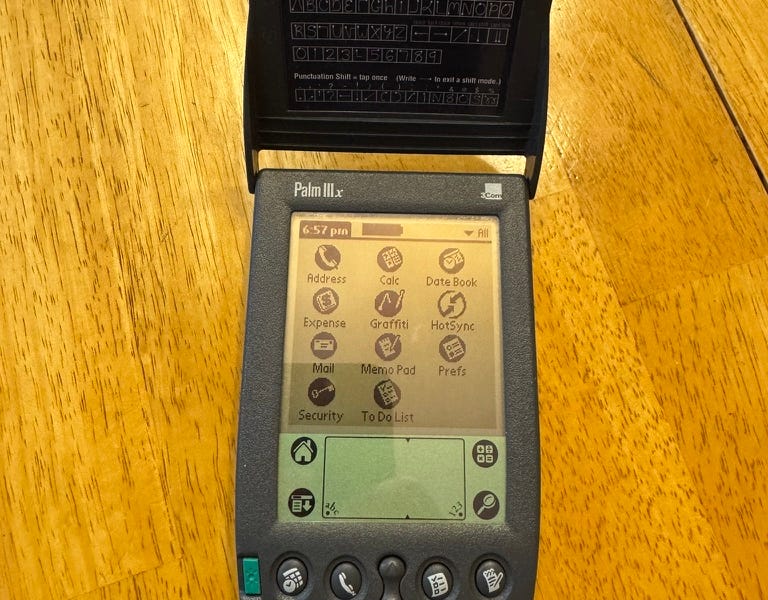
While cleaning, the author rediscovered their 1999 Palm IIIx PDA. This 16MHz device with 4MB of RAM evoked nostalgic memories of 90s technology. Though its Graffiti input and monochrome screen seem primitive today, it represented a technological marvel at the time. The author experimented with it, but found limited usability due to a lack of network connectivity and a non-backlit screen. This post chronicles the author's experience with the Palm IIIx and reflects on retro tech.
Read more